Introduction
As 2025 approaches, understanding Smart US Pet Insurance: Dental & Policy Choices is becoming more crucial than ever for pet parents across the nation. Dental health in pets isn't just about a bright smile; it's a window into their overall well-being. Unaddressed dental issues can lead to severe pain, tooth loss, and even systemic diseases affecting vital organs like the heart and kidneys. With veterinary costs steadily climbing, securing adequate pet insurance, particularly for often-overlooked dental care, can be a game-changer, offering both peace of mind and financial protection against unexpected expenses.
Coverage Details
What’s Included
When exploring pet insurance plans that cover dental care, you’ll typically find a range of options, from add-ons to comprehensive policies. Most robust plans aim to cover more than just routine cleanings. They often include treatments for various dental diseases, such as gingivitis, periodontitis, extractions for fractured or diseased teeth, root canals, and even oral surgeries for tumors or complex issues. Some premium policies might even cover specialized procedures like crowns or orthodontics if deemed medically necessary. It’s worth noting that while some plans include annual preventive cleanings as part of a "wellness" package, others treat them as an elective add-on, so it's essential to scrutinize the details.
Common Exclusions
Despite the extensive coverage offered by many pet insurance plans, certain common exclusions apply, particularly concerning dental care. Pre-existing conditions are almost universally excluded – meaning if your pet showed signs of a dental issue before your policy's waiting period ended, treatment for that specific condition likely won't be covered. Cosmetic procedures, such as teeth straightening for aesthetic reasons, are typically excluded. While some plans cover preventive cleanings, issues arising from a lack of regular cleanings might be scrutinized. It's also rare for plans to cover issues caused by neglect or intentional injury. Always read the fine print; a quick glance at the terms and conditions or a chat with a representative can save you from an unpleasant surprise down the road. For broader consumer information on insurance, the "National Association of Insurance Commissioners" (NAIC) provides valuable resources.
Cost Analysis
Price Factors
The cost of dental care pet insurance, whether as a standalone plan or an add-on, isn't one-size-fits-all. Several factors play a significant role in determining your monthly premiums. Firstly, your pet's age is a major determinant; older pets are more prone to dental issues, leading to higher premiums. The breed of your pet also matters, as some breeds are predisposed to certain dental conditions. Your geographic location within the US can also influence costs, as veterinary expenses vary significantly by state and even by zip code. For instance, according to data often cited by the American Veterinary Medical Association (AVMA), the average cost of routine pet care can fluctuate widely depending on the region. Finally, your chosen deductible, reimbursement level, and annual limit will directly impact your premium – a higher deductible or lower reimbursement percentage generally means a lower monthly payment, but more out-of-pocket costs if a claim arises.
Saving Tips
Keeping your pet's pearly whites healthy doesn't have to break the bank, especially with smart insurance choices. One common tip is to consider a wellness plan that includes routine dental cleanings, which can be more cost-effective than paying out-of-pocket for these procedures. If you have multiple pets, many insurers offer a multi-pet discount, often saving you 5-10% on your total premiums. Opting for a higher deductible on your policy can significantly lower your monthly payments, though it means you'll pay more upfront before your insurance kicks in. Similarly, choosing a lower reimbursement percentage (e.g., 70% instead of 90%) will reduce your premium. Lastly, paying your premium annually instead of monthly might also lead to a small discount with some providers. Always compare different providers to get an "apples to apples" comparison. You might find more general guidance on insurance comparisons via "Insurance Resources Global" or specific US-based advice on "US Insurance Home".
FAQs
How much does dental care pet insurance cost?
The cost can vary significantly, but as an add-on or part of a comprehensive plan, you might expect to pay anywhere from an additional $10 to $30 per month for dental coverage, on top of your base pet insurance premium which could range from $20-$60+ per month depending on the pet and policy. A standalone wellness plan focused on prevention might have different pricing.
What affects premiums?
Several factors influence premiums: your pet's age, breed, your geographic location, and the specific policy terms you choose (like deductible, reimbursement rate, and annual maximums). The more comprehensive the coverage, the higher the premium typically.
Is it mandatory?
No, pet insurance, including dental coverage, is not mandatory in the US. However, given the rising costs of veterinary care – a typical dental cleaning can run $300-$700, and an extraction can easily top $1,000 – it's certainly a smart investment for peace of mind and to avoid significant financial strain.
How to choose?
When choosing a plan, consider your pet's current health and age, and what kind of coverage you anticipate needing. Look at the balance between premiums, deductibles, and reimbursement percentages. Read customer reviews, check the company's reputation, and understand their claims process. Don't shy away from contacting your "State Insurance Departments" for consumer guides or to verify an insurer's license.
Consequences of no coverage?
Without coverage, pet owners are solely responsible for 100% of the veterinary bill. This can lead to difficult choices, where critical dental procedures might be delayed or forgone due to high costs, potentially causing your pet unnecessary pain and leading to more severe health complications down the line. A stitch in time saves nine, especially concerning dental health. Consider a real-world scenario: "Lucky," a seven-year-old terrier mix in Seattle, developed severe periodontal disease. His owner, without insurance, faced a $2,500 bill for extractions and extensive cleaning. With a dental plan, her out-of-pocket cost, post-deductible and reimbursement, would have been significantly lower, perhaps just a few hundred dollars.
Author Insight & Experience
As someone living in US and navigating the complexities of pet care, I've seen firsthand how quickly vet bills can pile up, particularly for unexpected issues. From my own observations and discussions with other pet parents, having a robust pet insurance plan, especially one that adequately covers dental care, isn't just a luxury; it's a financial safeguard. It allows you to make healthcare decisions for your furry family member based on their needs, not just your wallet. While no one enjoys paying monthly premiums, the relief and swift access to care when a true emergency strikes – or even just for crucial preventive dental cleanings – is, in my experience, absolutely worth every penny. It's about proactive care and securing your pet's quality of life without facing a crippling financial blow.
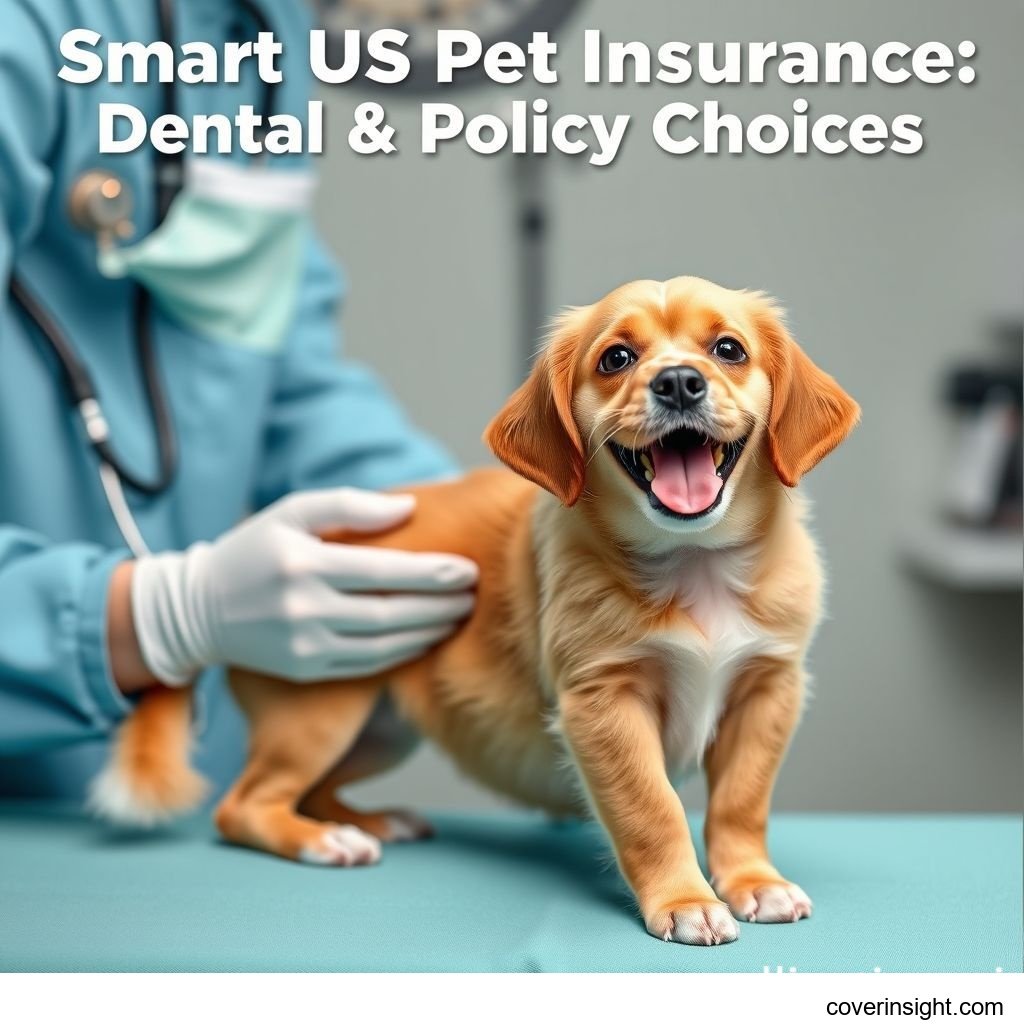
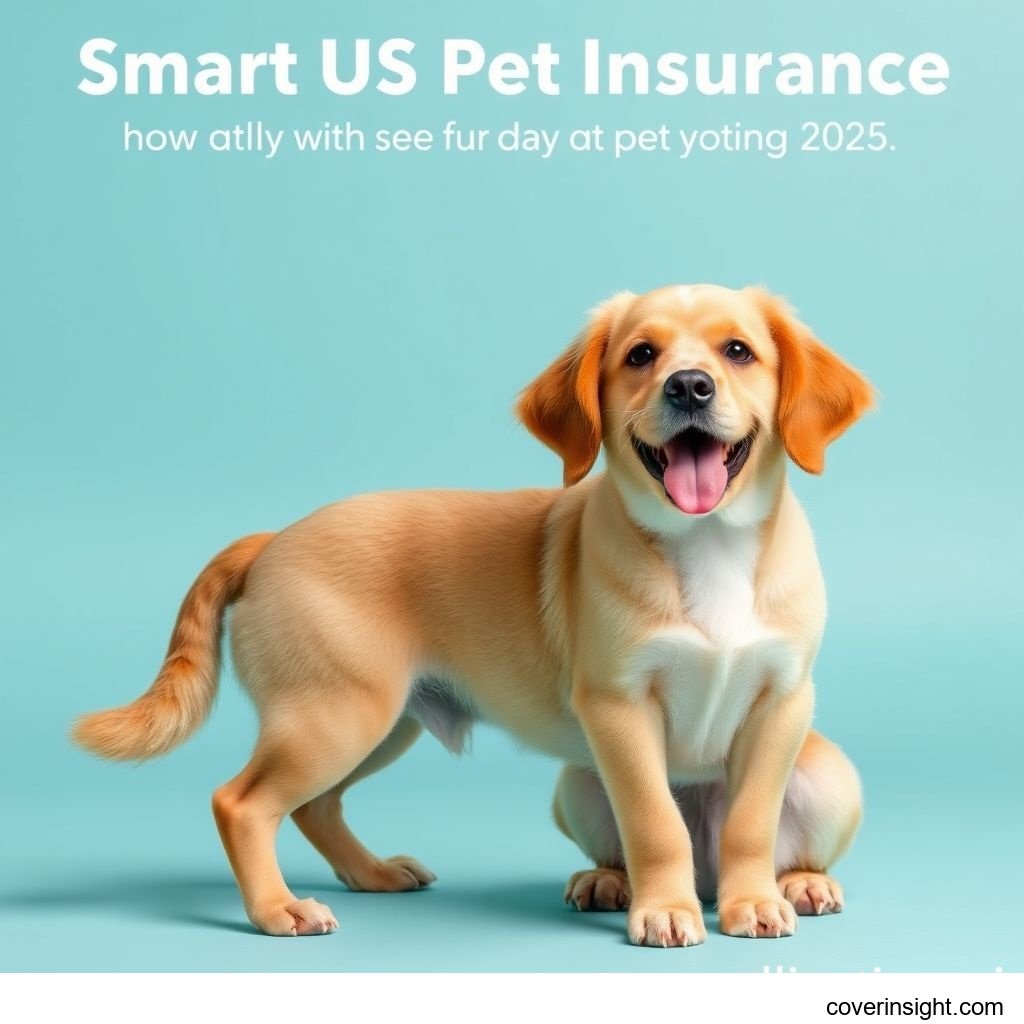
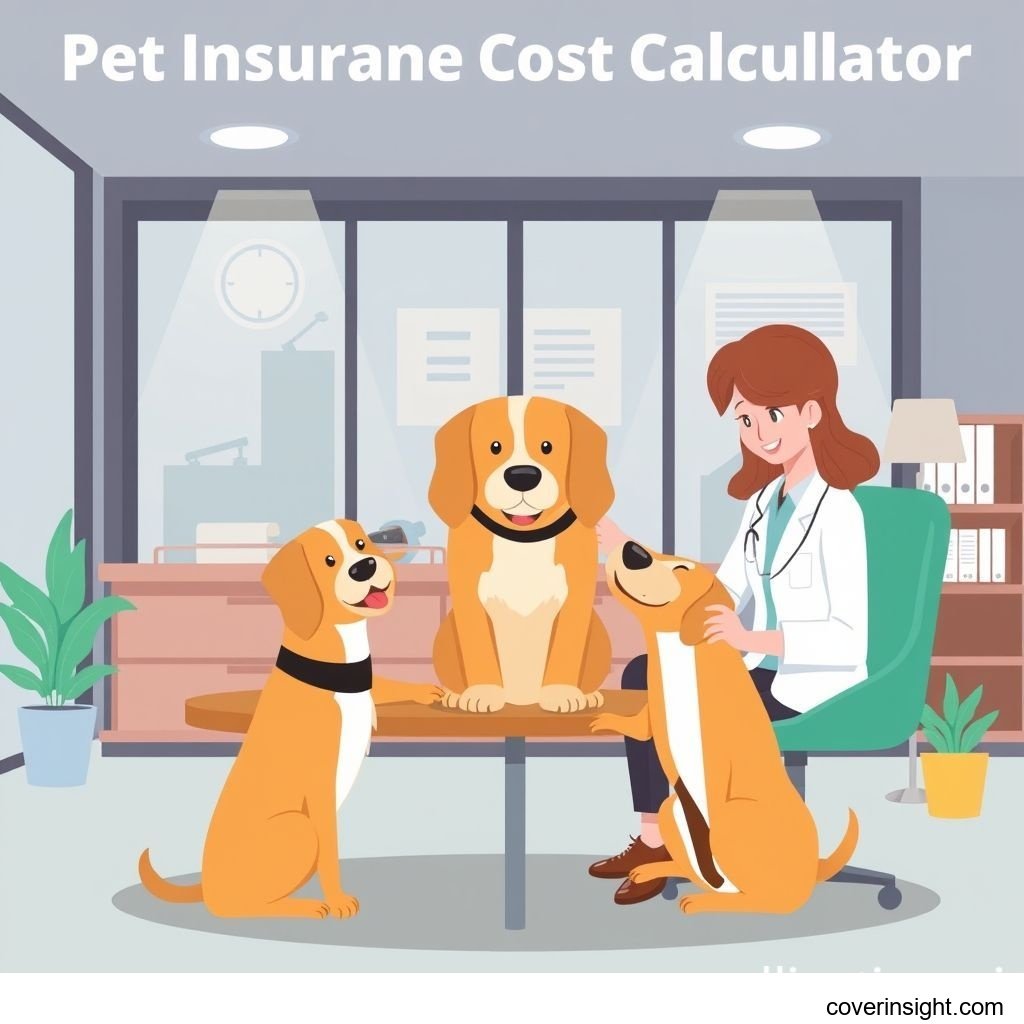
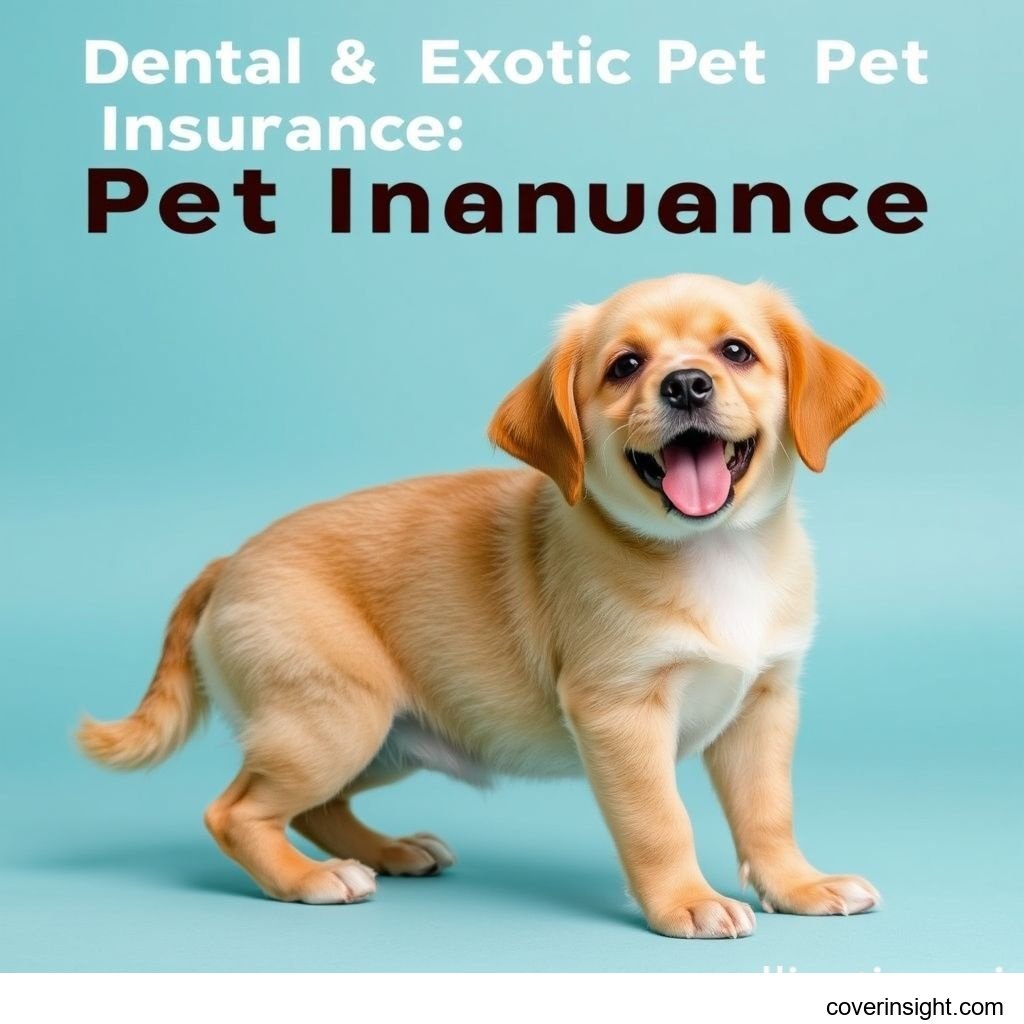
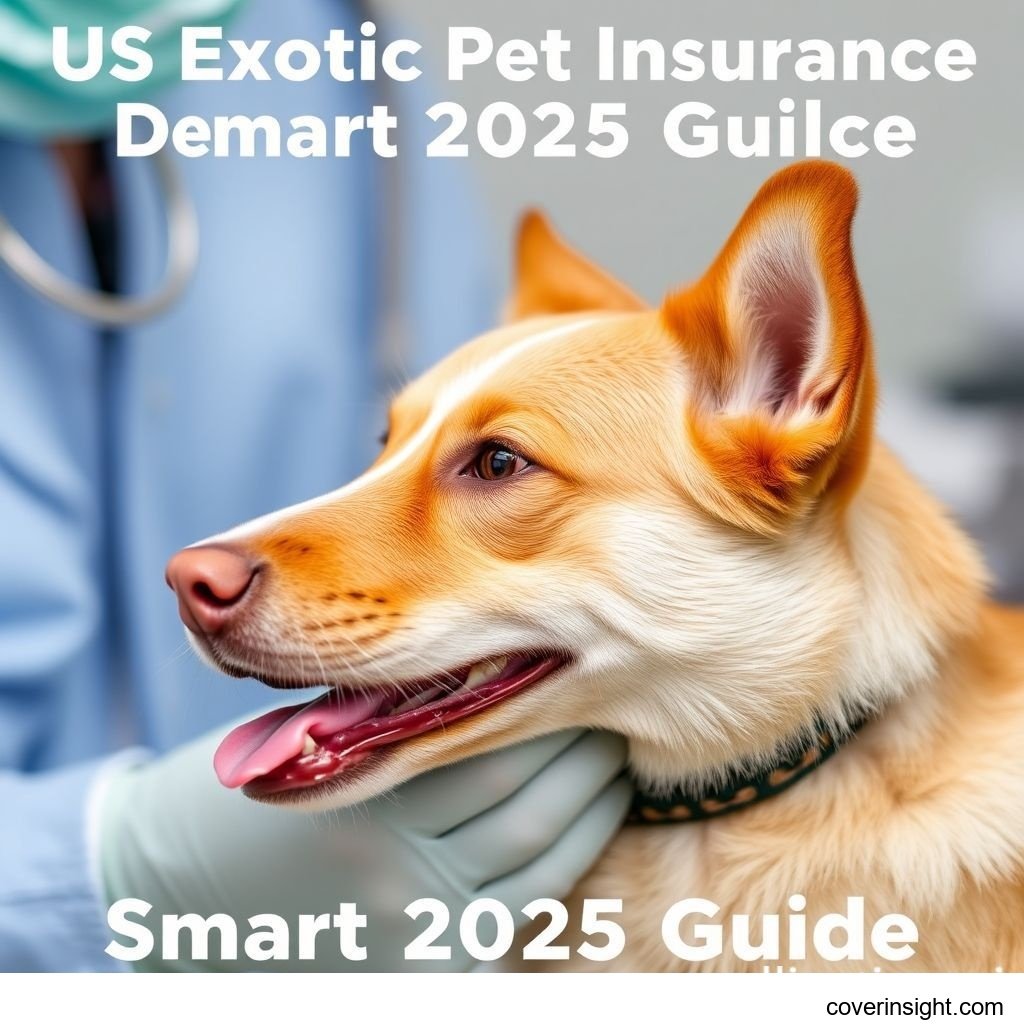





Comments